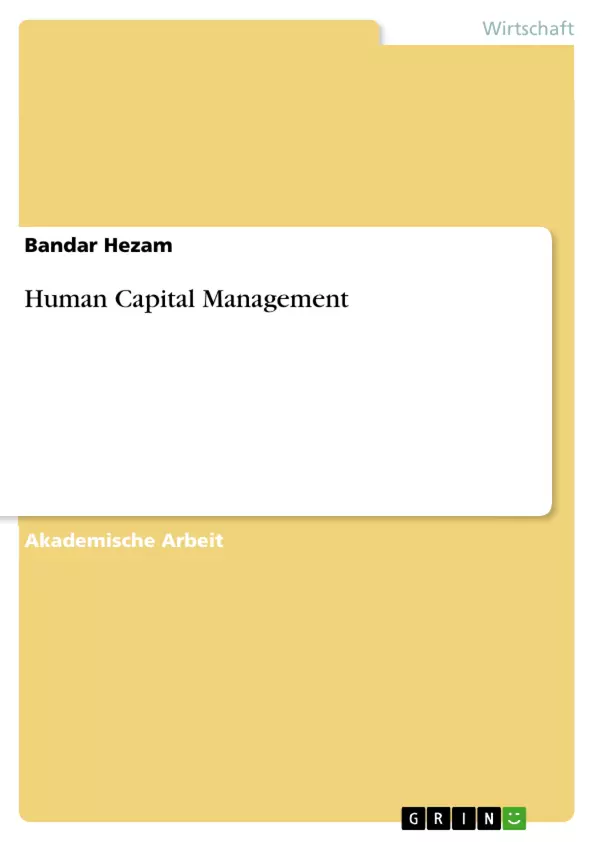This paper investigates the concept of human capital management. Human Capital Management according to Baron and Armstrong (2007) and supported by Kalitanvi and Goldman (2021); is the set of practices for the purpose of the recruitment, management, development, and optimization of employees within industries such that their value and contribution to the companies are maximized. The authors further highlight how human capital management plays an important and decisive part in ensuring the hiring of the right talents, satisfying the required skill sets to sustain the company’s workforce, the effective management of employees, and the proportional increase of productivity. Hossain and Roy (2016) emphasize the fact that human capital management is concerned with the analysis and reporting of the acquisition process of companies, such that the latter can have informed management. The main management here is of the human capital which, according to Alika and Alibieyi (2014), is the representation of humans in terms of their intelligence, the skills they may. Human Capital can pose both as a challenge in terms of the identification of relevant measures and the provision of information in respect to a company, and as an opportunity when it comes to the evaluation and maximization of people's value.
Table of Contents
1.0 INTRODUCTION
1.1 HUMAN CAPITAL MANAGEMENT
1.2 HUMAN RESOURCES MANAGEMENT
2.0 BACKGROUND OF THE COMPANIES
2.1 TOYOTA
2.2 BMW
3.0 ORGANIZATIONS’ APPROACHES
3.1 THE PROCESS OF HRM AND HCM IN TOYOTA
3.2 THE PROCESS OF HRM AND HCM IN BMW
3.3 THE DIFFERENCE IN APPROACHES
4.0 HCM & PURPOSE ACCOMPLISHMENT
5.0 EVALUATION OF THEIR MANAGERS’ DECISIONS
CONCLUSION
REFERENCES
- Quote paper
- Bandar Hezam (Author), Human Capital Management, Munich, GRIN Verlag, https://www.grin.com/document/1321033



